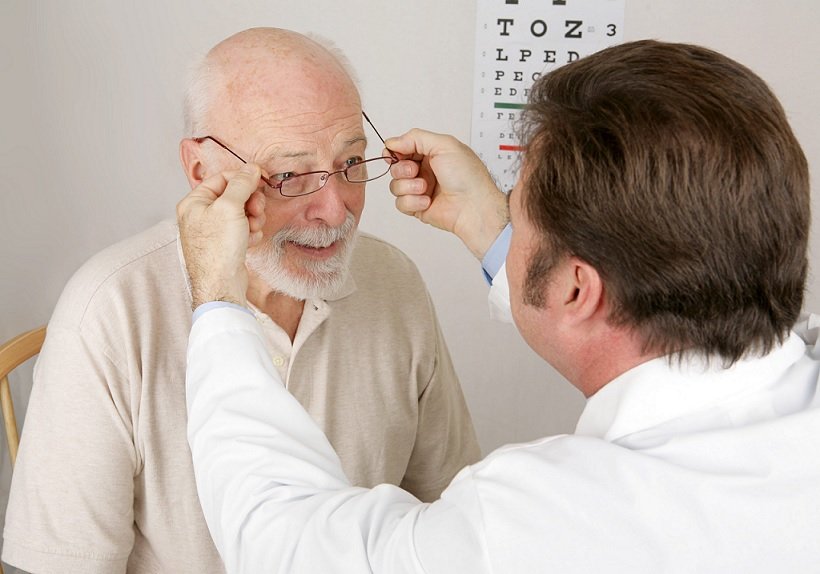
Understanding Vision Changes in Seniors
Explores common vision changes in seniors, offering insights on prevention, early detection, and care to maintain eye health and quality of life.
As we grow older, our bodies undergo various changes, and our eyes are no exception. Many seniors experience vision changes that can impact their daily lives.
These changes might be frustrating or alarming, but understanding them is the first step toward managing and preserving eye health. With awareness and timely care, seniors can maintain clear vision and a good quality of life.
Common Vision Changes Seen in Seniors
One of the most noticeable changes is the clarity of vision. Many people over the age of 60 often experience blurred vision, which can make it challenging to enjoy hobbies or tasks like reading and crafting.
Another typical issue is a condition called presbyopia, where close objects become harder to focus on, often leading to the need for reading glasses. Alongside these conditions, some seniors may notice increasing difficulty with colors, especially seeing blue or green hues.
The Importance of Regular Eye Examinations
Regular eye exams are essential for seniors to detect any vision changes early on. It’s recommended that older adults have comprehensive eye exams at least once a year. Routine exams allow doctors to monitor eye health closely and provide timely interventions.
Cataracts
Cataracts are cloudy areas that form in the lens of the eye. They often develop slowly and can lead to blurry vision. Many seniors may find that bright lights cause glare or halos around lights, which can hinder their ability to drive safely at night. If left untreated, cataracts can lead to complete vision loss.
Glaucoma
Glaucoma is another significant concern for seniors. It involves damage to the optic nerve, often due to increased pressure in the eye. Left untreated, glaucoma can lead to permanent vision loss. Treatment may involve eye drops, medication, or surgery, depending on the severity.
Adapting to Vision Changes
Learning to cope with vision changes can be challenging, but understanding these adjustments is critical. One common adaptation is using brighter lighting at home to reduce glare and improve visibility. Moreover, many seniors find that using magnifying glasses or larger print materials can aid in reading, thereby minimizing the burden associated with reading difficulty in aging eyes.
Supportive Tools
Technology has made strides in providing tools for those with vision changes. For example, audiobooks and speech-to-text software can help seniors read and communicate more easily. Furthermore, smartphone apps can help individuals enlarge text and improve visibility.
Maintaining Eye Health
Maintaining eye health involves more than just regular exams. Seniors can take steps to protect their vision by adopting a healthy lifestyle. Proper nutrition, exercise, and hydration play significant roles in overall eye health.
Protecting Your Eyes from the Sun
One often overlooked aspect of eye health is protection from harmful UV rays. Long-term exposure to sunlight can increase the likelihood of developing cataracts or macular degeneration.
Wearing sunglasses that block 100% of UV rays can significantly reduce these risks. Hats with brims can provide additional shade and protection during outdoor activities.
Creating an Eye-Friendly Environment
Finally, creating an environment conducive to good vision is essential. Consider making simple adjustments at home, such as reducing clutter and ensuring pathways are well-lit and free of obstacles. Even small changes can greatly aid seniors as they navigate their homes safely.
Embracing a Future with Clear Vision
Understanding vision changes is vital for seniors as they age. By recognizing common issues and emphasizing the importance of regular check-ups, individuals can take proactive steps towards maintaining their eye health. Taking control now allows them to look forward to a future with clearer sight and unbounded possibilities.
For more helpful tips, check out the rest of our site today.


